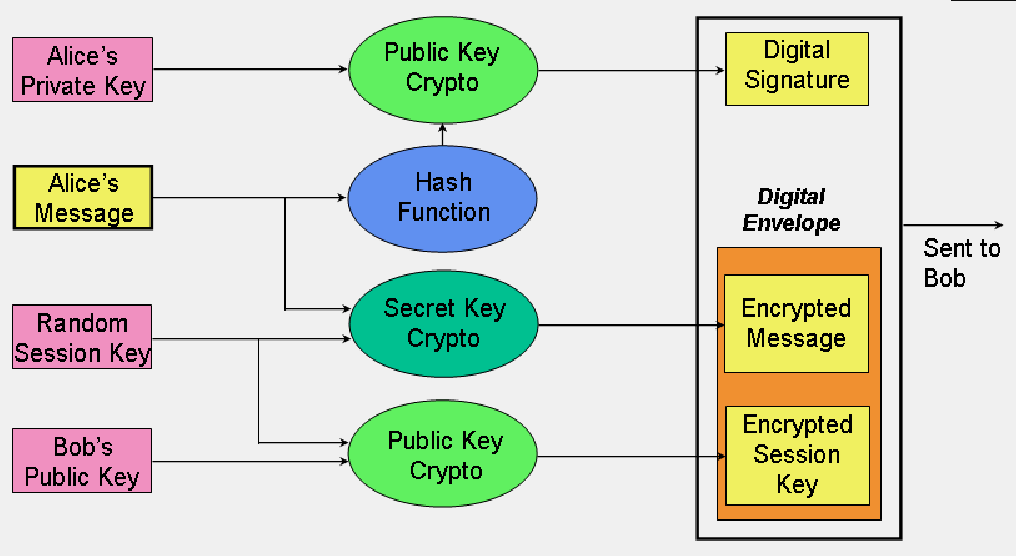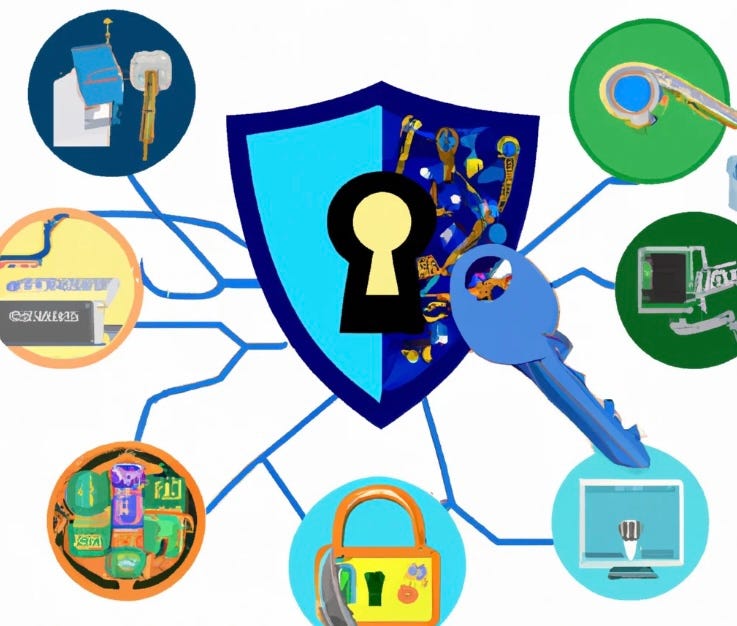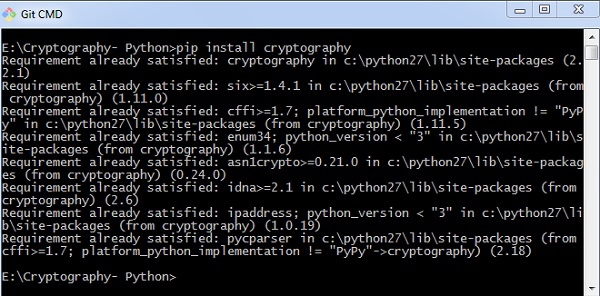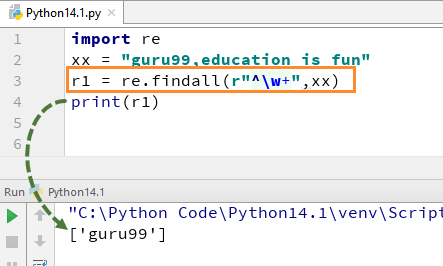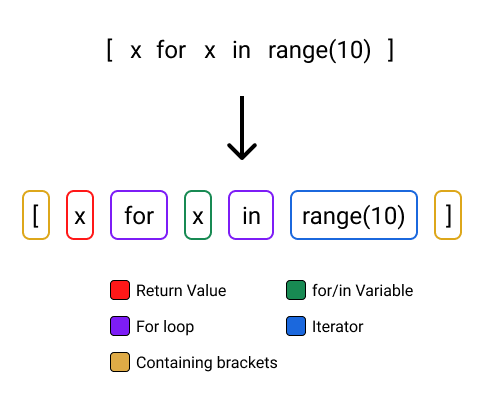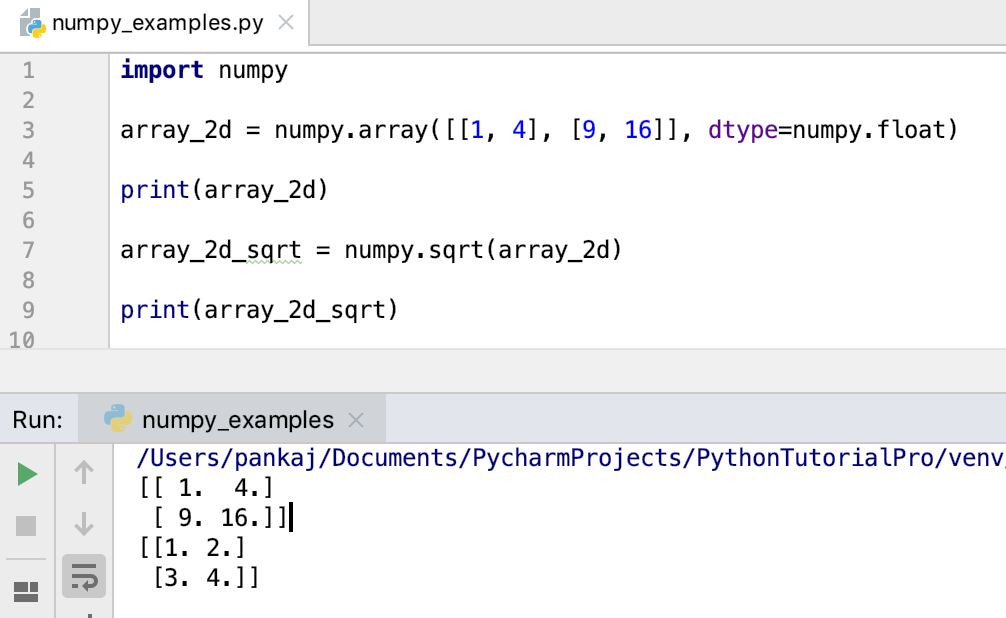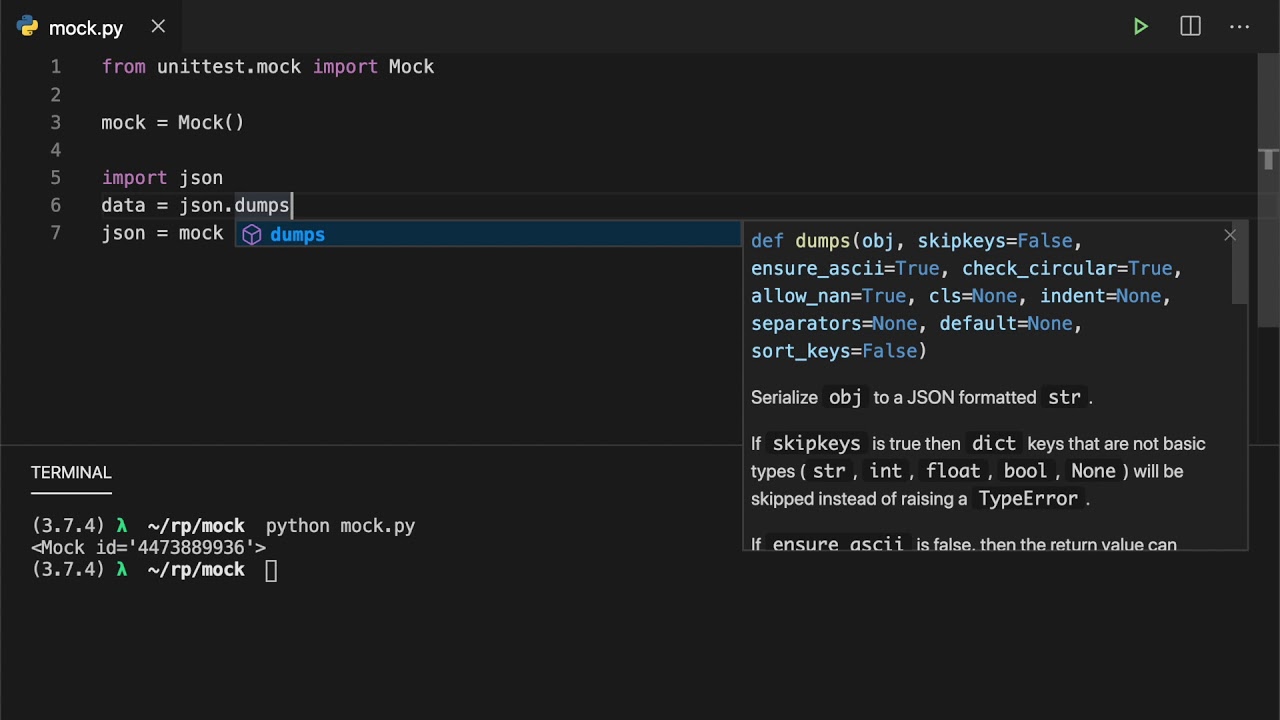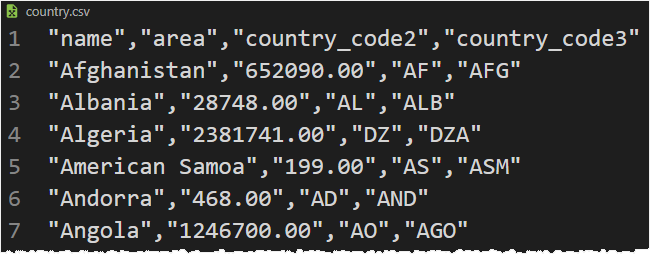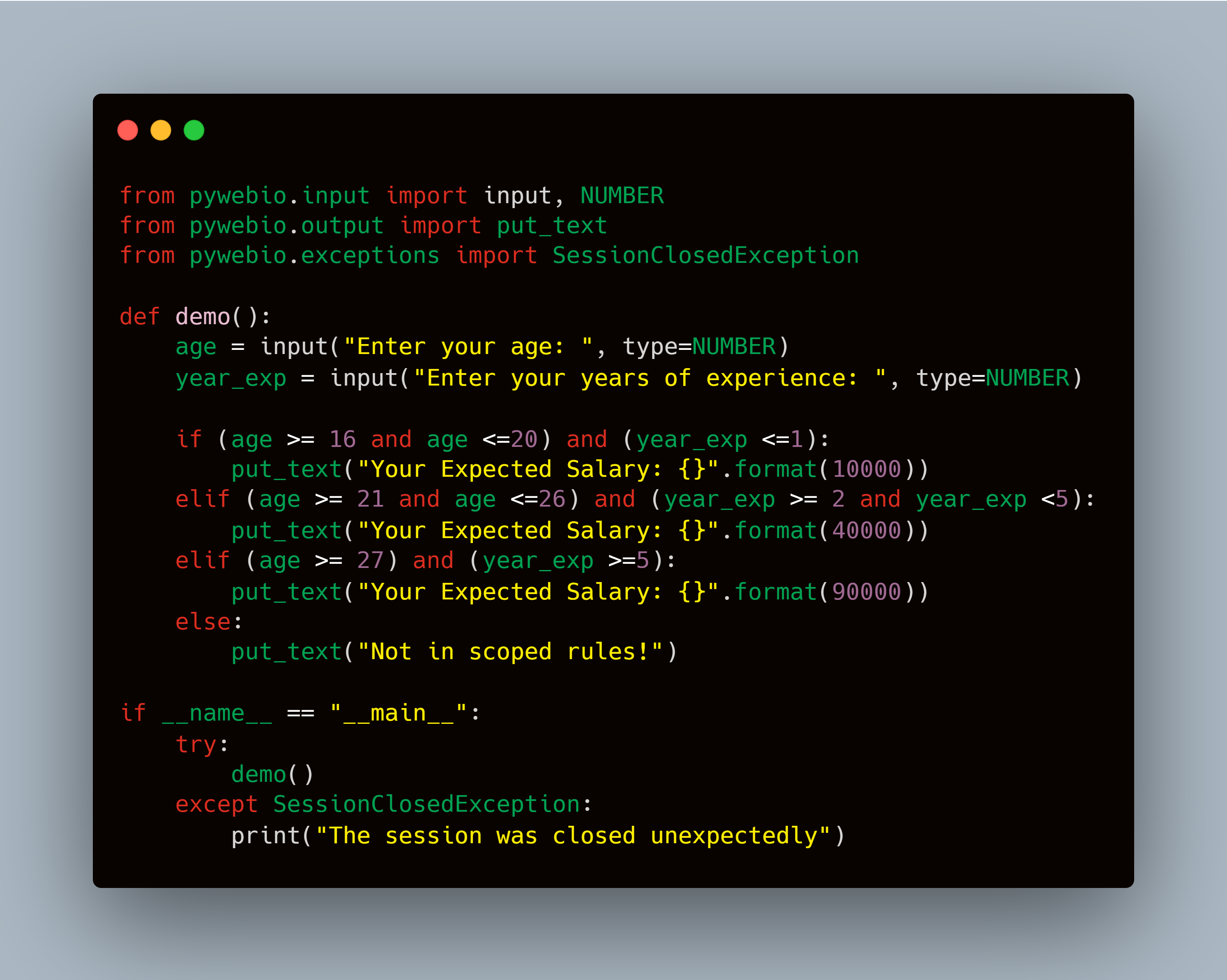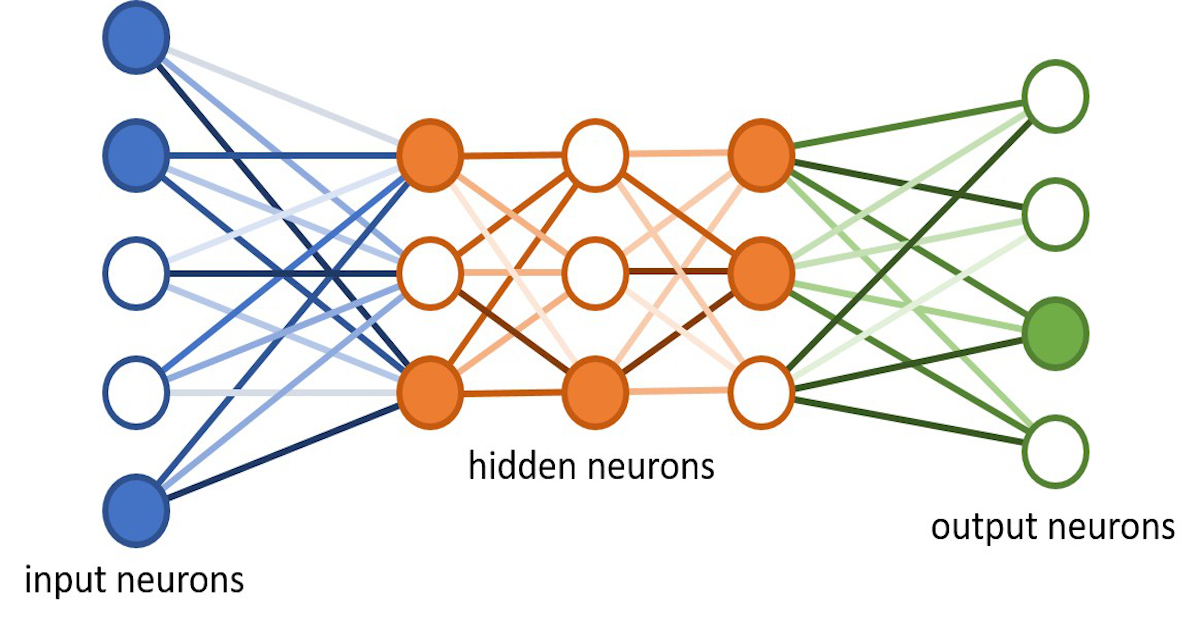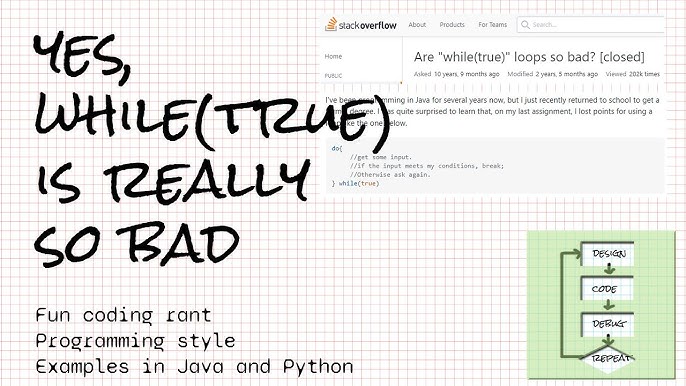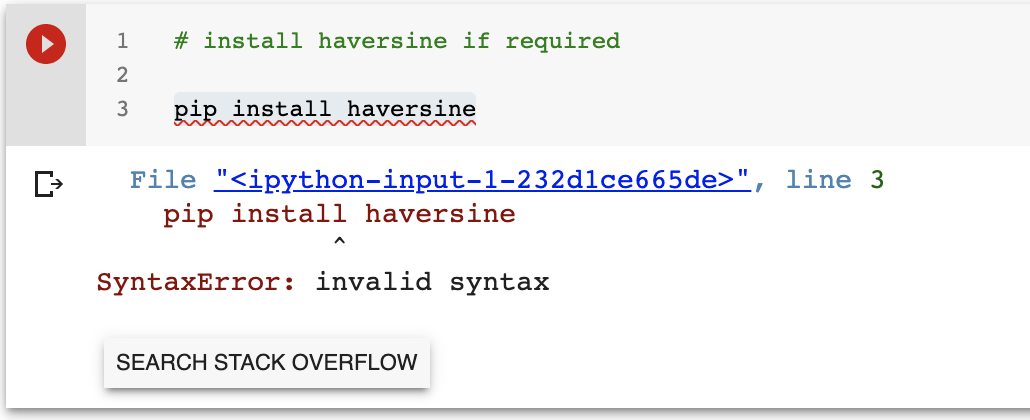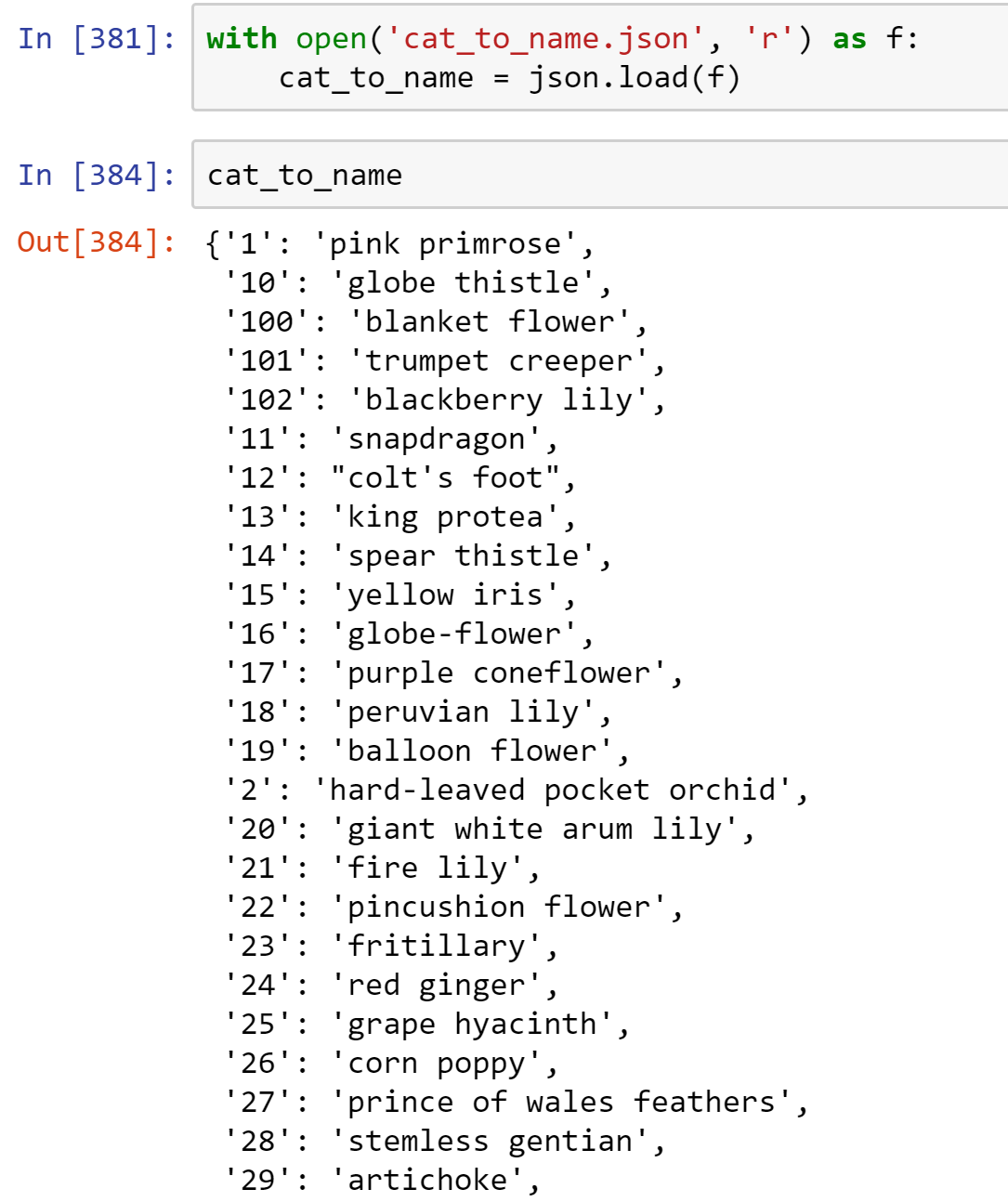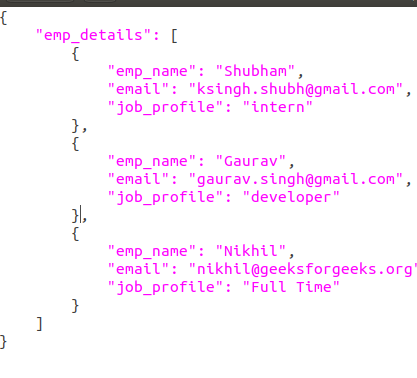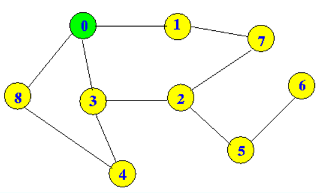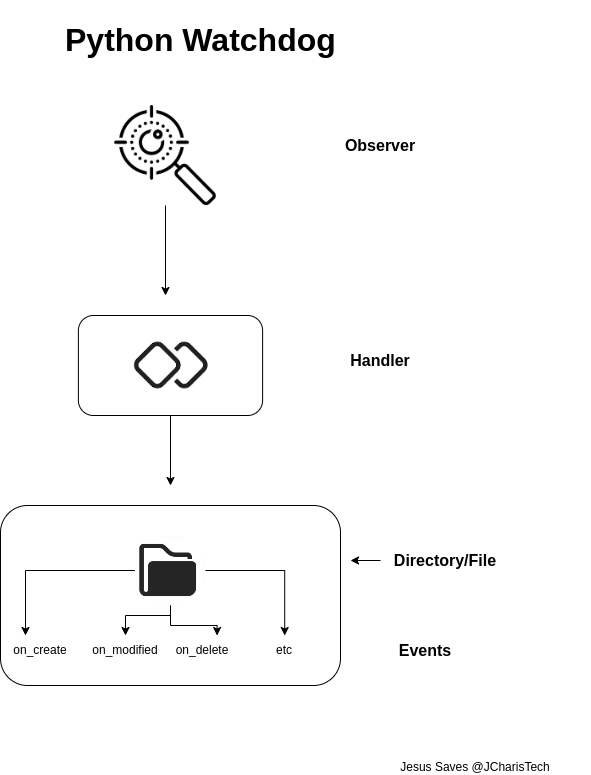Python encryption algorithms
Python encryption algorithms
Here are some popular Python encryption algorithms:
1. Caesar Cipher:
The Caesar Cipher is a simple encryption technique that replaces each letter with a letter a fixed number of positions down the alphabet. This method was used by Julius Caesar to encrypt military messages.
Python code:
def caesar_cipher(text, shift):
result = ""
for char in text:
if char.isalpha():
ascii_offset = 65 if char.isupper() else 97
result += chr((ord(char) - ascii_offset + shift) % 26 + ascii_offset)
else:
result += char
return result
2. RSA (Rivest-Shamir-Adleman):
RSA is an asymmetric encryption algorithm widely used for secure data transmission over the internet.
Python code using the cryptography library:
from cryptography.hazmat.backends import default_backend
from cryptography.hazmat.primitives import hashes
from cryptography.hazmat.primitives.asymmetric import rsa
def generate_rsa_keys():
private_key = rsa.generate_private_key(
public_exponent=65537,
key_size=2048,
backend=default_backend()
)
public_key = private_key.public_key()
return private_key, public_key
3. AES (Advanced Encryption Standard):
AES is a symmetric encryption algorithm widely used for encrypting data at rest.
Python code using the cryptography library:
from cryptography.hazmat.primitives.ciphers import Cipher, algorithms, modes
def aes_encrypt(plain_text):
key = bytes.fromhex("000102030405060708090a0b0c0d0e0f")
iv = bytes.fromhex("001122334455667788899aabb")
cipher = Cipher(algorithms.AES(key), modes.CBC(iv))
encryptor = cipher.encryptor()
ct = encryptor.update(plain_text) + encryptor.finalize()
return ct
4. Hash-based Message Authentication Code (HMAC):
HMAC is a message authentication code that uses a hash function and a secret key to ensure the authenticity of data.
Python code using the hashlib library:
import hashlib
def hmac_sha256(message, key):
return hashlib.sha256((key + message).encode()).hexdigest()
5. Elliptic Curve Cryptography (ECC):
ECC is a type of public-key cryptography that uses elliptic curves to ensure the security of data.
Python code using the ecdsa library:
import ecdsa
def ecc_sign(message, private_key):
signer = ecdsa.SigningKey.from_string(private_key.encode())
signature = signer.sign(message.encode()).to_string()
return signature.decode()
def ecc_verify(message, public_key, signature):
verifier = ecdsa.VerifyingKey.from_string(public_key.encode())
try:
verifier.verify(signature.encode(), message.encode())
except Exception as e:
print(f"Invalid signature: {e}")
return False
return True
These are just a few examples of Python encryption algorithms. There are many more out there, and each has its own strengths and weaknesses.
Which Python library is best for encryption?

I'm happy to respond in English!
Choosing the right Python library for encryption can be a crucial decision, as it depends on the specific requirements of your project, such as performance, compatibility, and security. Here's an overview of some popular options:
cryptography: This is the most widely used and well-maintained encryption library in Python. It provides a wide range of algorithms, including symmetric and asymmetric encryption, hashing, digital signatures, and more. The cryptography library is built on top of the OpenPGP standard and supports various ciphers like AES, DES, Blowfish, and RSA.Pros: Wide range of algorithms, highly maintained, easy to use.
Cons: May have slightly slower performance compared to other libraries.
pycryptodome: This library provides a comprehensive set of cryptographic primitives, including symmetric and asymmetric encryption, digital signatures, and message authentication codes (MACs). It is compatible with most popular cryptographic standards, such as AES, DES, Blowfish, and RSA. PyCryptodome also includes tools for generating random numbers, creating hashes, and more.Pros: Highly performant, supports various algorithms, easy to use.
Cons: May have compatibility issues with older Python versions.
OpenSSL: This is a well-established library that provides a wide range of cryptographic functions, including symmetric and asymmetric encryption, digital signatures, and certificate management. OpenSSL is widely used in the industry for secure communication protocols like SSL/TLS.Pros: Wide range of algorithms, highly performant, widely used.
Cons: Steeper learning curve due to its complexity, may require additional setup.

Pros: Simple to use, fast, widely supported.
Cons: Limited functionality compared to other libraries.
When choosing the best Python library for encryption, consider the following factors:
Algorithm support: Does the library provide the specific algorithms you need? Performance: How quickly does the library perform encryption and decryption operations? Compatibility: Is the library compatible with your target platform (e.g., Python version, operating system)? Ease of use: Is the library well-documented and easy to integrate into your project?Ultimately, I recommend using cryptography for most projects. Its wide range of algorithms and ease of use make it a great all-around choice. However, if you have specific requirements or performance needs, you may want to consider other libraries like pycryptodome or OpenSSL.
